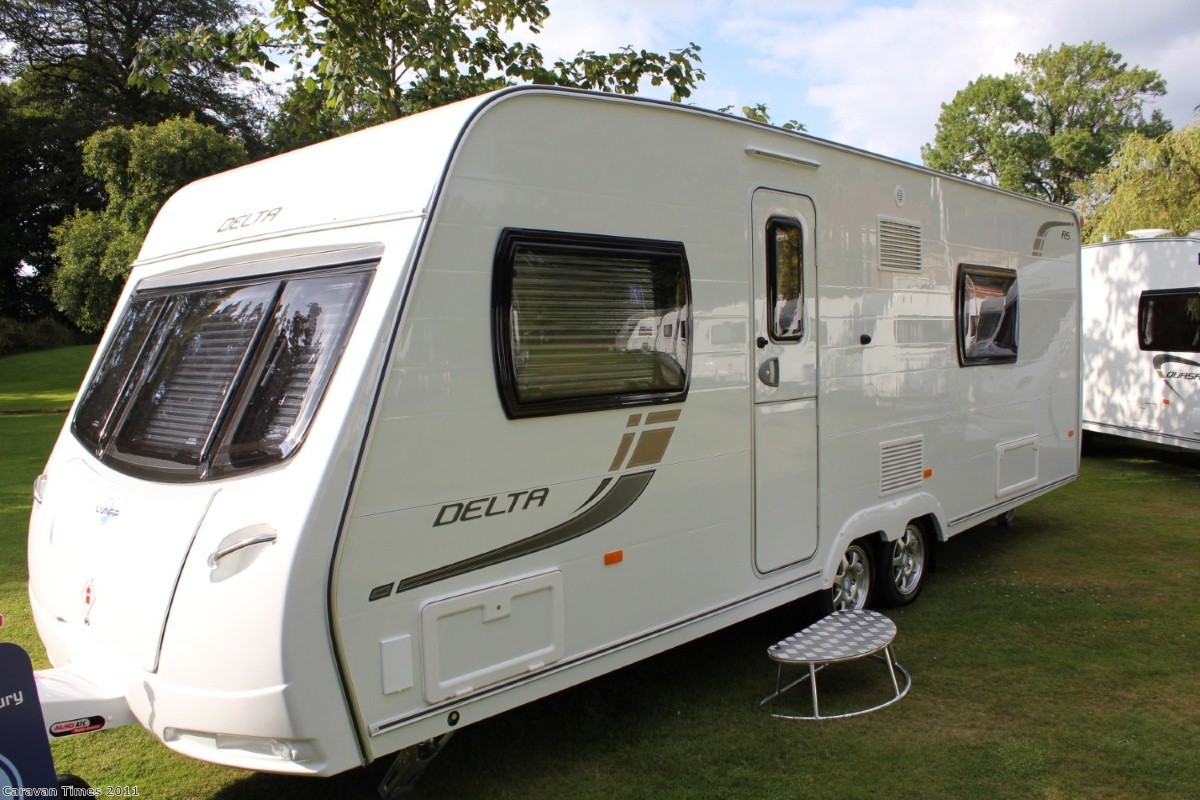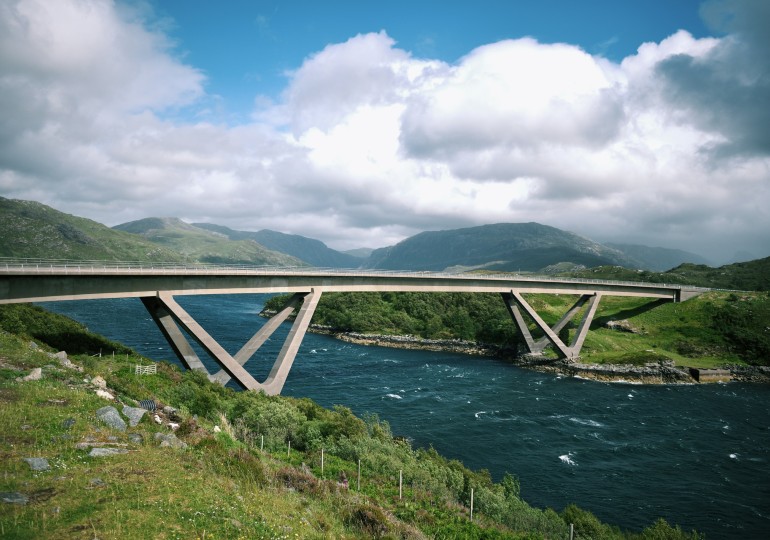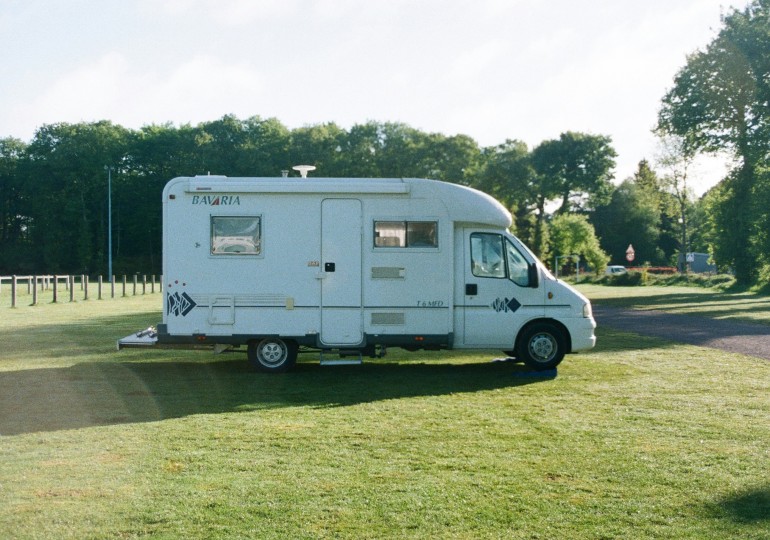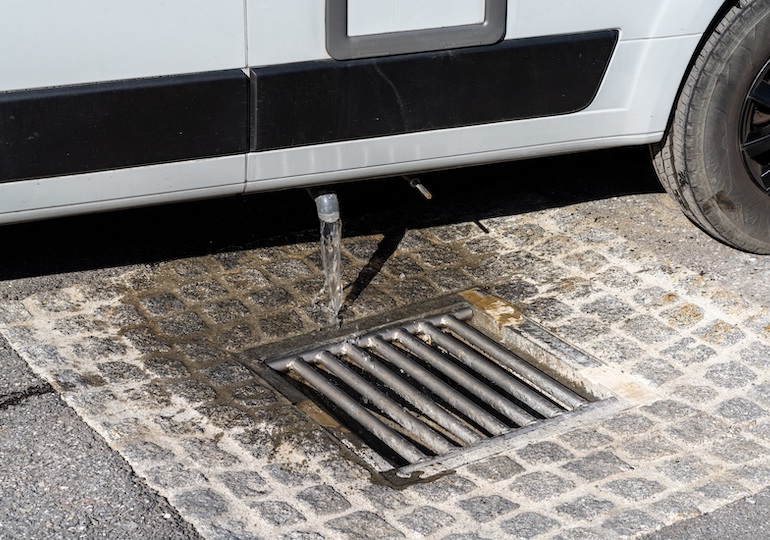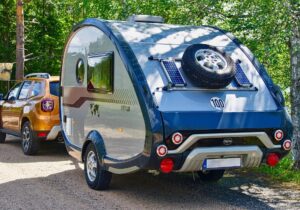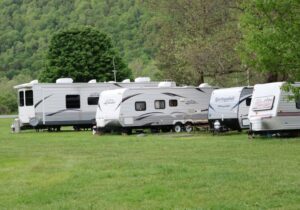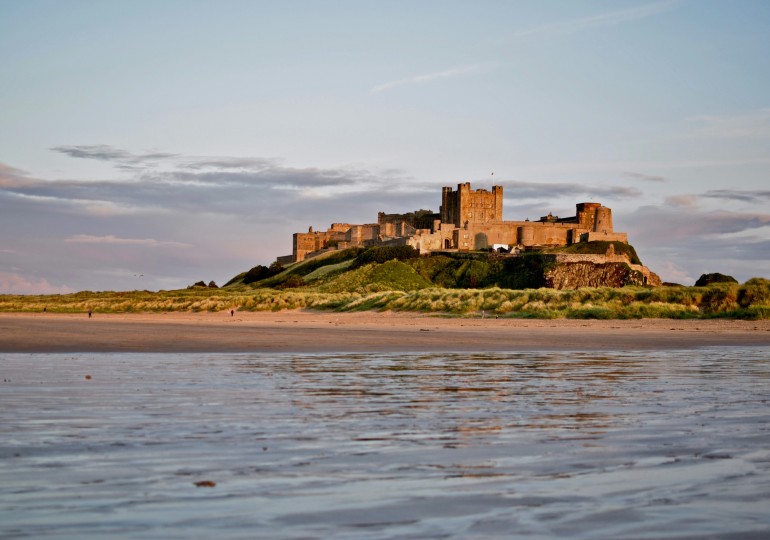A manufacturer that prides itself on lightweight touring technology
The idea behind a caravan is to provide all the comforts of home in a neat touring package, and caravan manufacturers are continually engaged in refining this process. Lunar Caravans is a brand well known for researching into constructing ever-lighter caravans while ensuring that quality and comfort are not sacrificed. Having survived the sales downturn of the 1980s and a foreign ownership buyout, the company recently returned to British ownership and continues to provide a popular range.
As with many famous brands the company started with two friends and small premises. Ken Wilcock and Brian Talbot had worked in the caravan business since the early 1960s, having served apprenticeships at Knowsley Caravans of Wigan. The company was renowned in the area for producing well built and keenly priced touring caravans. However the two were eager to create their own brand of tourer and found a cheap (if unheated) barn to begin their project.
Kitchen table
Many a business has started with work produced on a kitchen table but in the case of Wilcock and Talbot this was their workbench for crafting the parts. And so their first caravan was produced in July 1969. Inspired by the moon landings and the optimism of the time, they chose the name Lunar. In keeping with the theme the first model was called Saturn and was extremely competitive in both price and weight.
Two Saturn models were quickly purchased by a local dealer, who soon returned and pre-ordered some more. By 1970 Lunar were up and running, selling two caravans a week across three ranges. The 10ft Saturn was joined by a larger 12 foot model and a 14 foot, five berth van. This forced Wilcock and Talbot to move premises to a mill at Earnshaw Bridge in 1970, where the increased space led to ten caravans a week.
Into the 1970s and Lunar continued to expand, with the 12 foot model becoming the Venus and the 14 foot Moonlight. Always looking to create lighter weight models, in this period the firm produced the Stardust, a sub-10ft model which could be towed by small cars but which was eventually phased out. Despite a major fire at the production facility the firm created a more luxurious range called the Clubman, a name still in use today.
Lighter cars, lighter caravans
Smaller and lighter cars became more popular in the 1980s, and this was the period when Lunar’s philosophy came to bear. The full-sized Delta range of family caravans contained an oven, full double glazing and heating yet still remained light thanks to aluminium construction. And for those running a supermini or small car, Lunar offered an even smaller range. The 1981 Dino was popular with those on a budget, but the Meteorite was tiny in comparison, under 11ft and capable of being towed by an Austin Metro. With a general downturn in caravan sales in the 1980s, Lunar survived through providing innovative products at competitive price points.
Today the brand thrives having achieved sales success in the 1990s with the Ariva, Lexon and LX2000 ranges. After a brief ownership by the Tirus Group, the company was bought in 2009 by Brian Mellor and the company is again under UK ownership. With a line-up for all car sizes from the Quasar to the Stellar, if you are in the market for a lightweight caravan Lunar deserve consideration.
The hallmark Clubman and Delta ranges were redesigned for 2010 and boast weights of up to 15% less than the competition. The benefits of investing in a lightweight tourer are numerous; greater fuel economy, easier manoeuvrability, a reduced carbon footprint and a greater choice of towing vehicles.
For more details, news, rumour and discussions on Lunar Caravans, join our community group for Lunar Caravan Owners.

